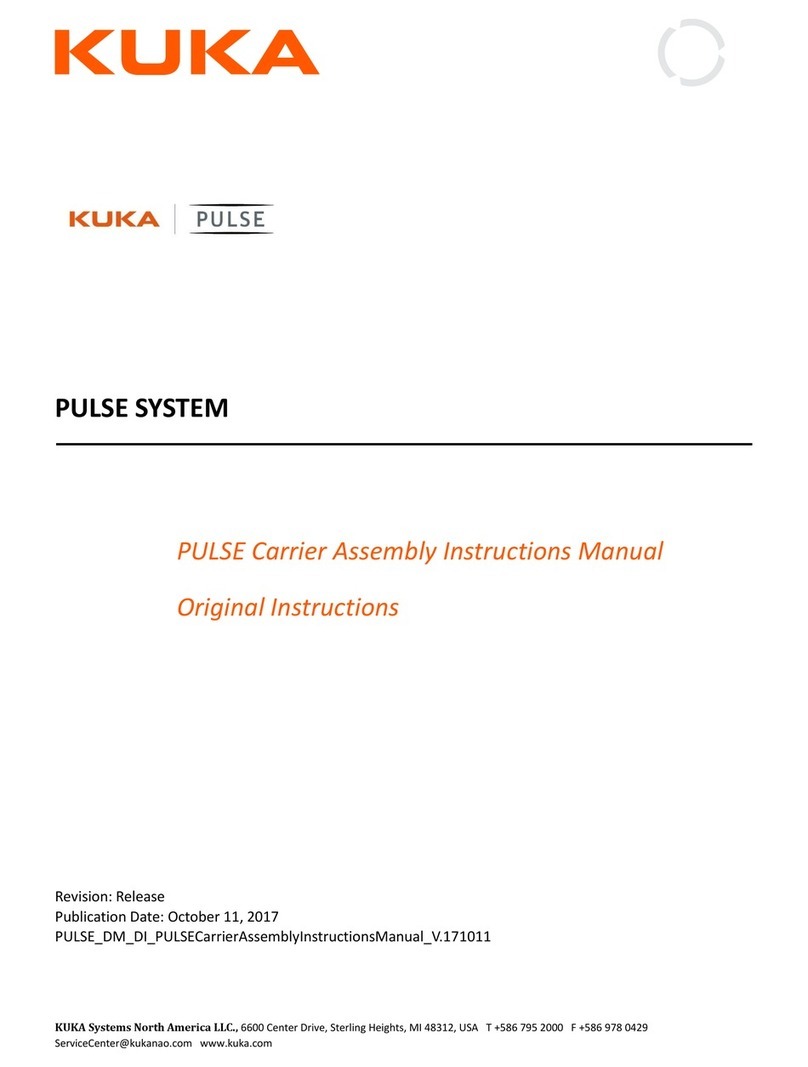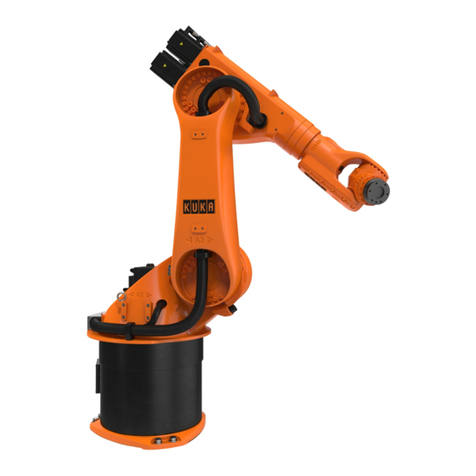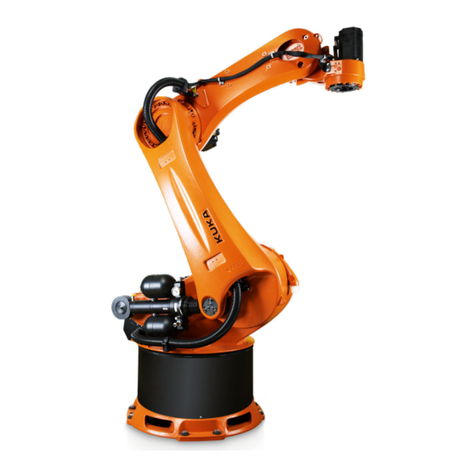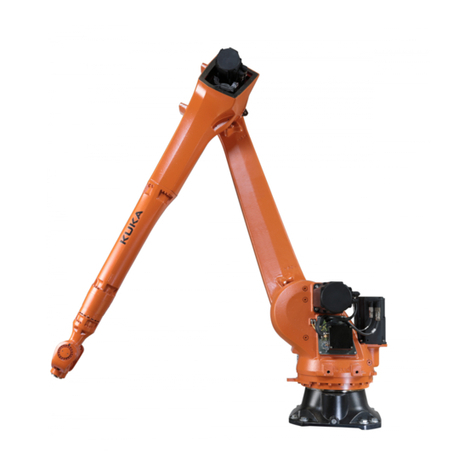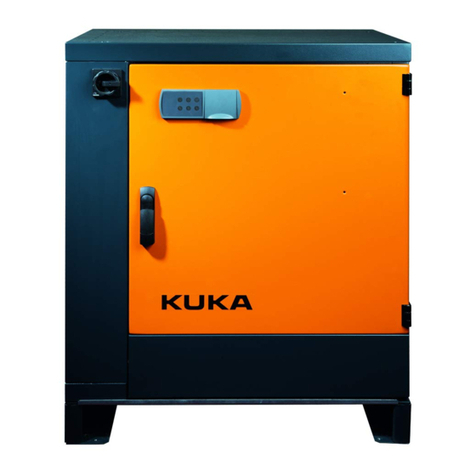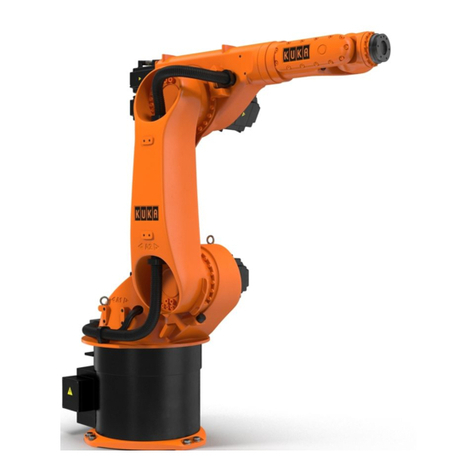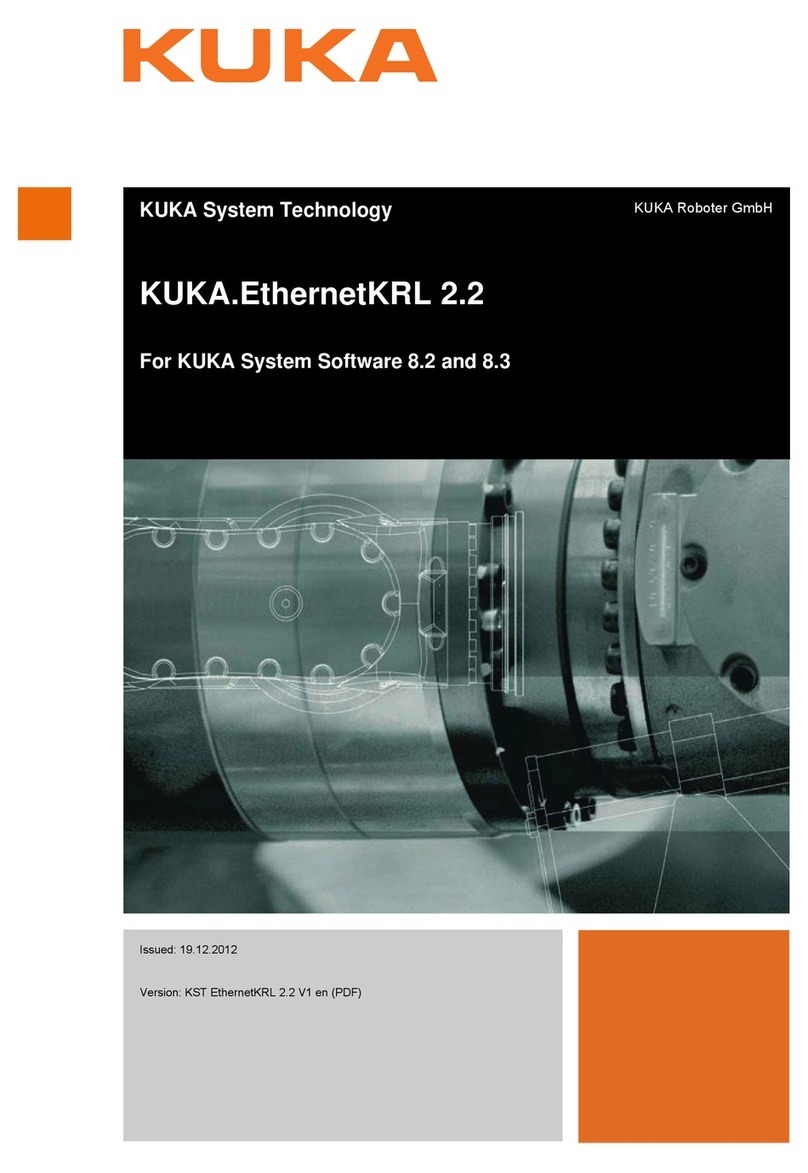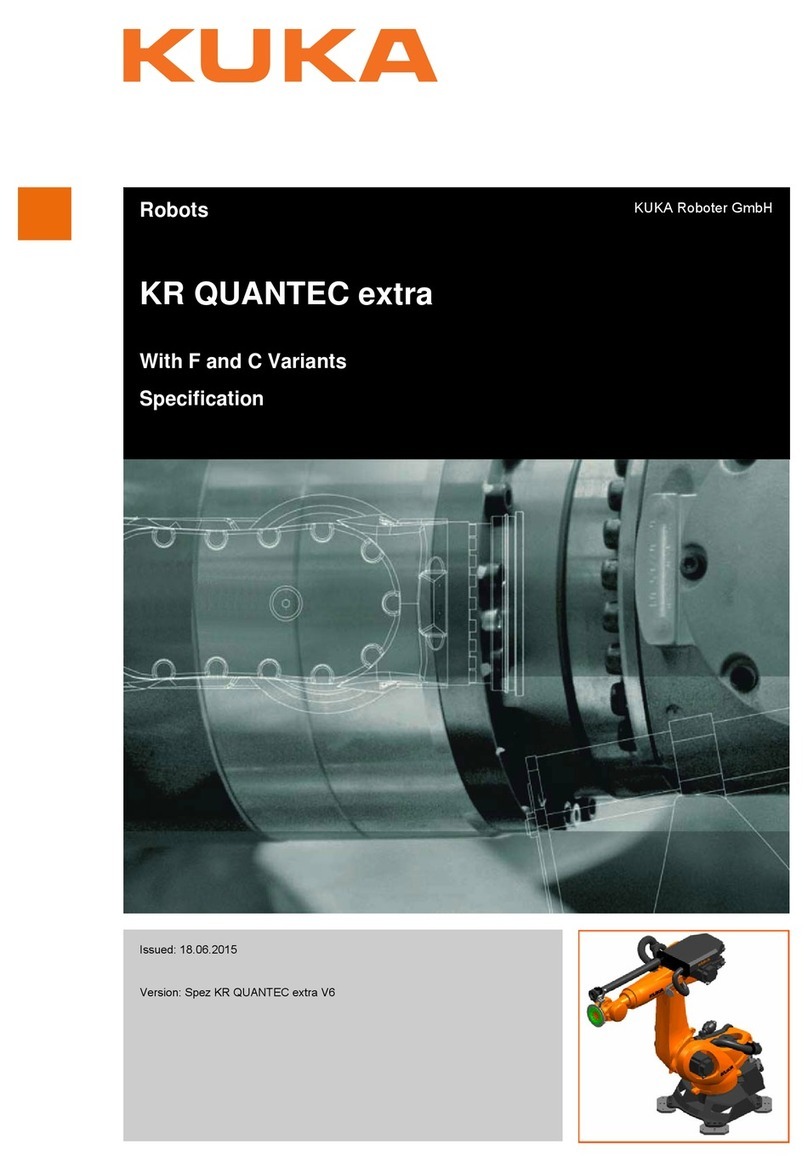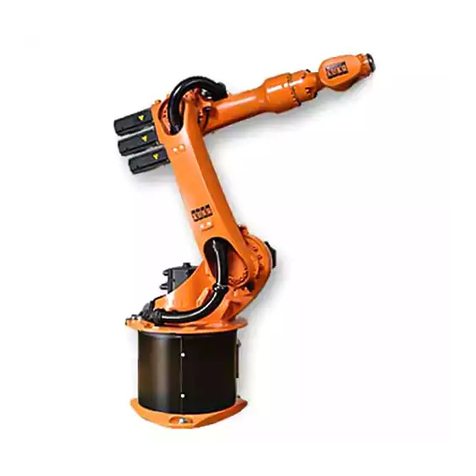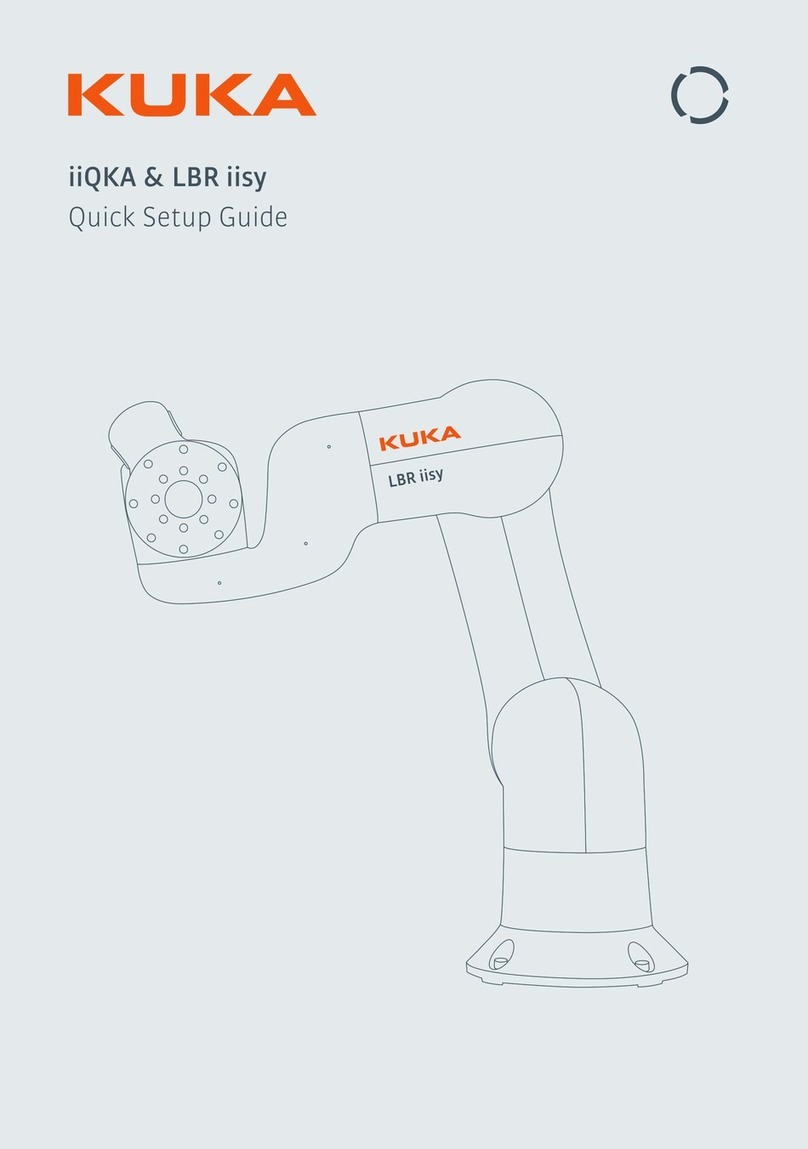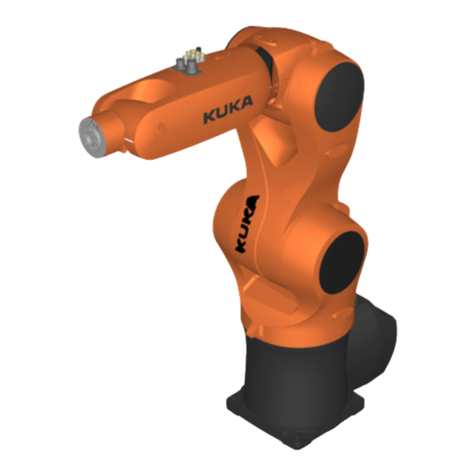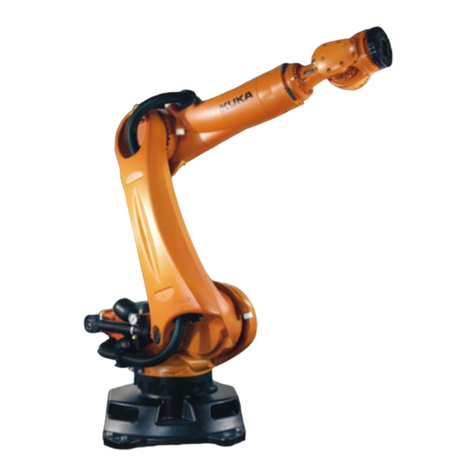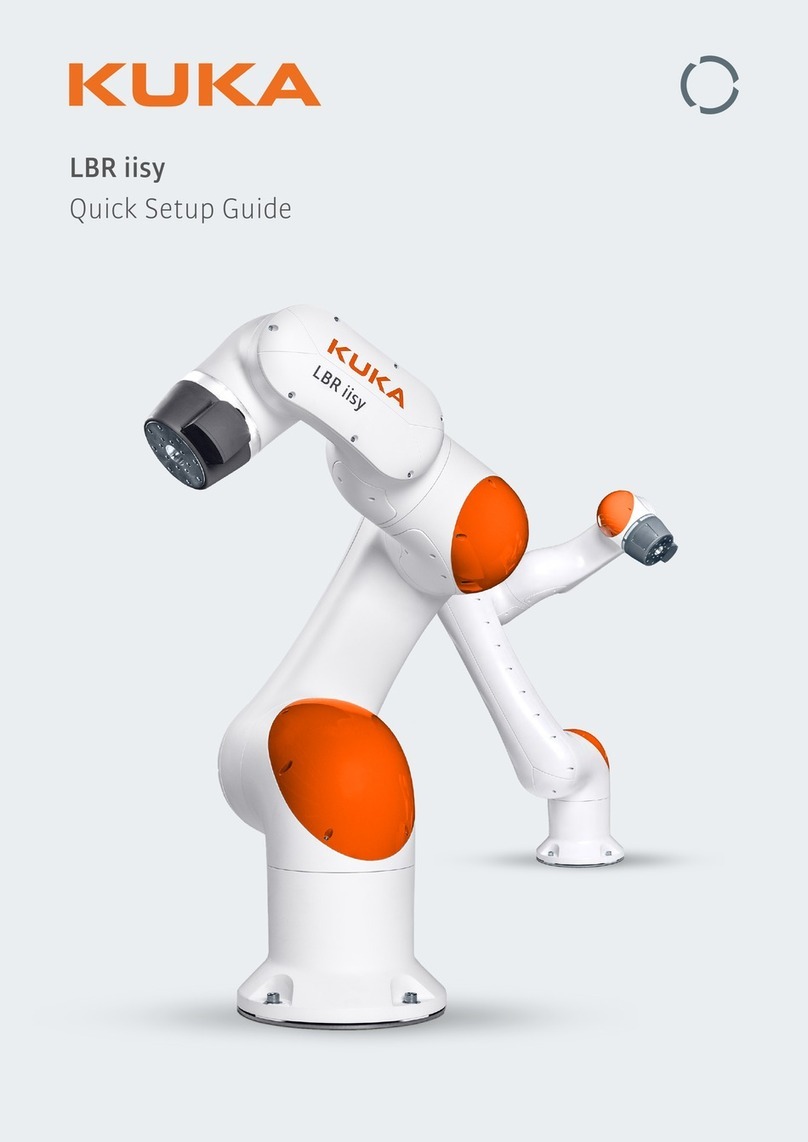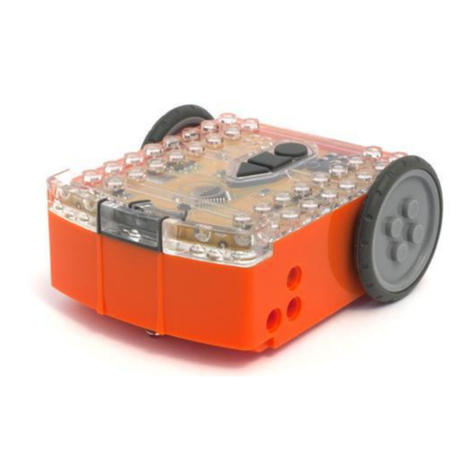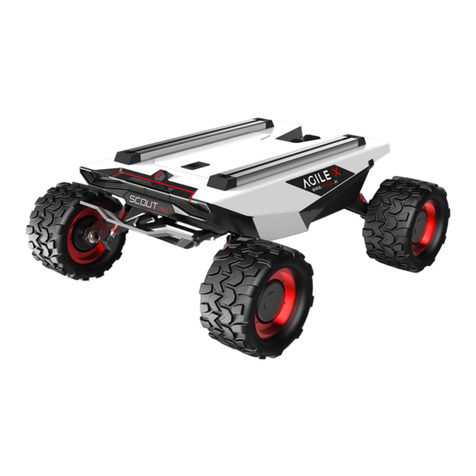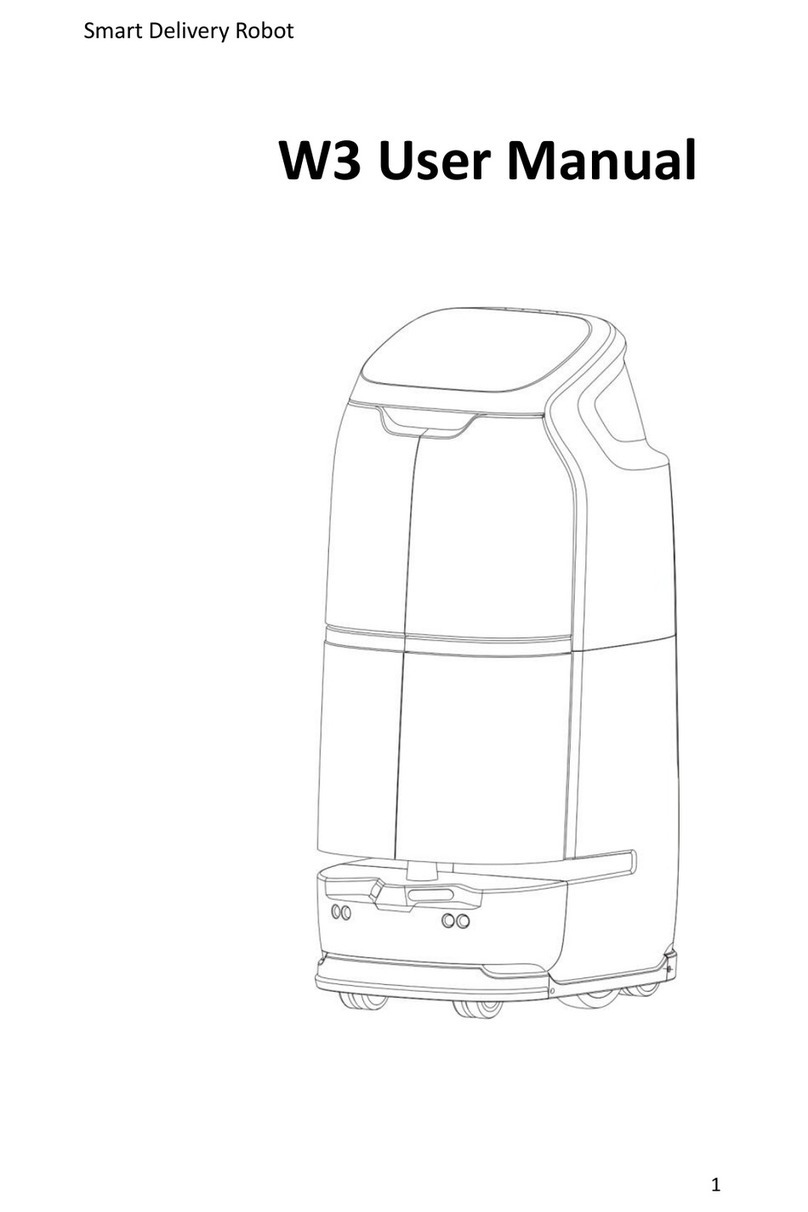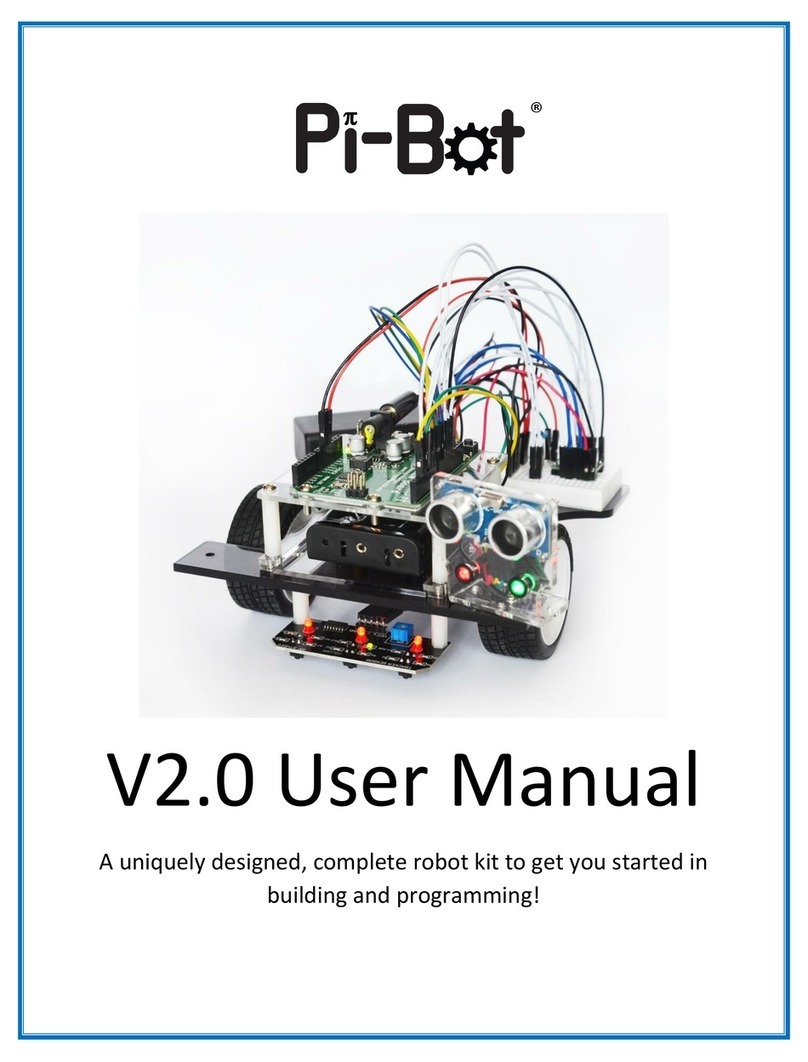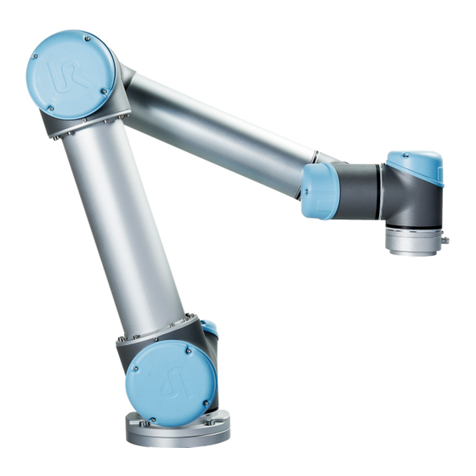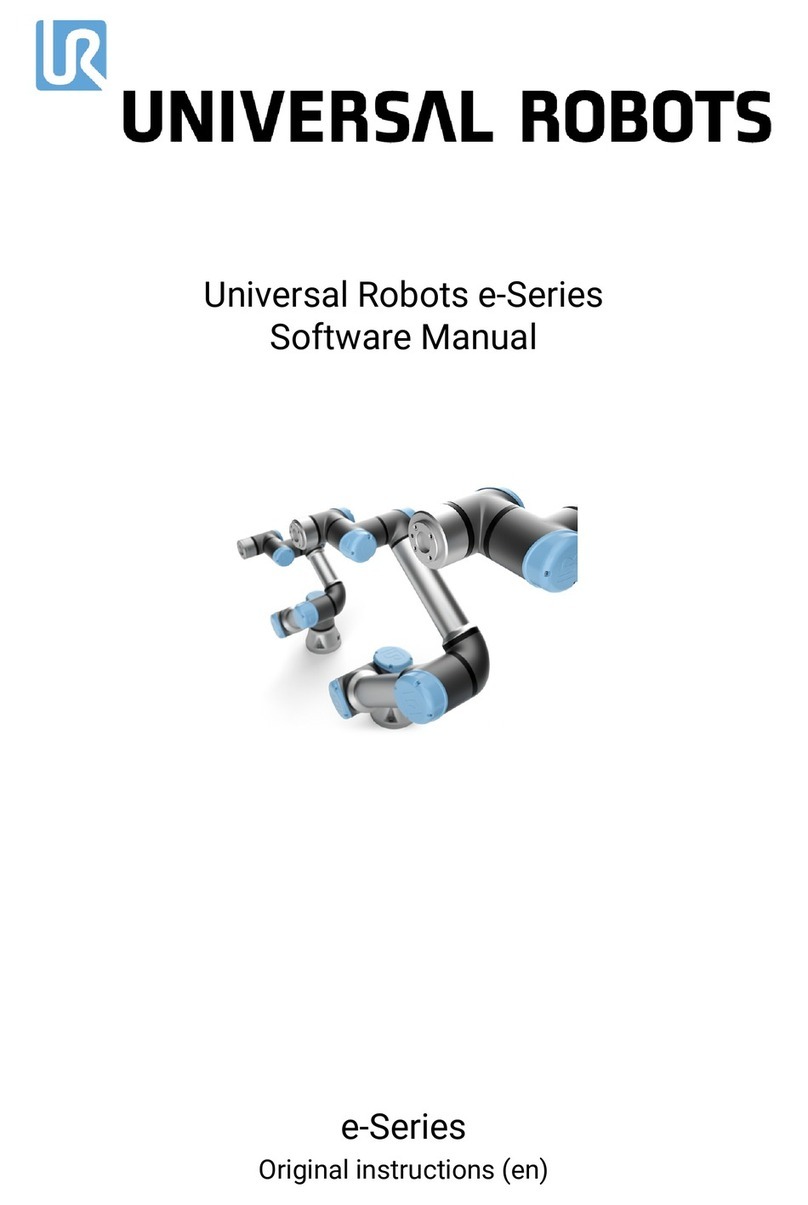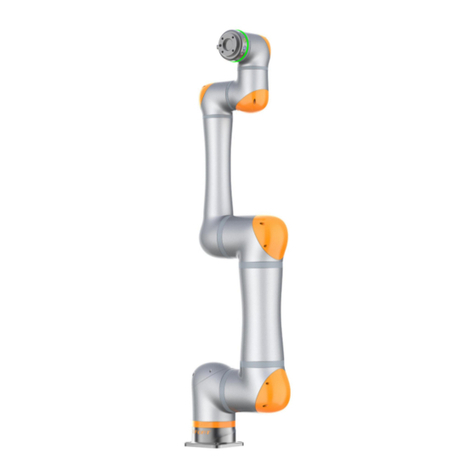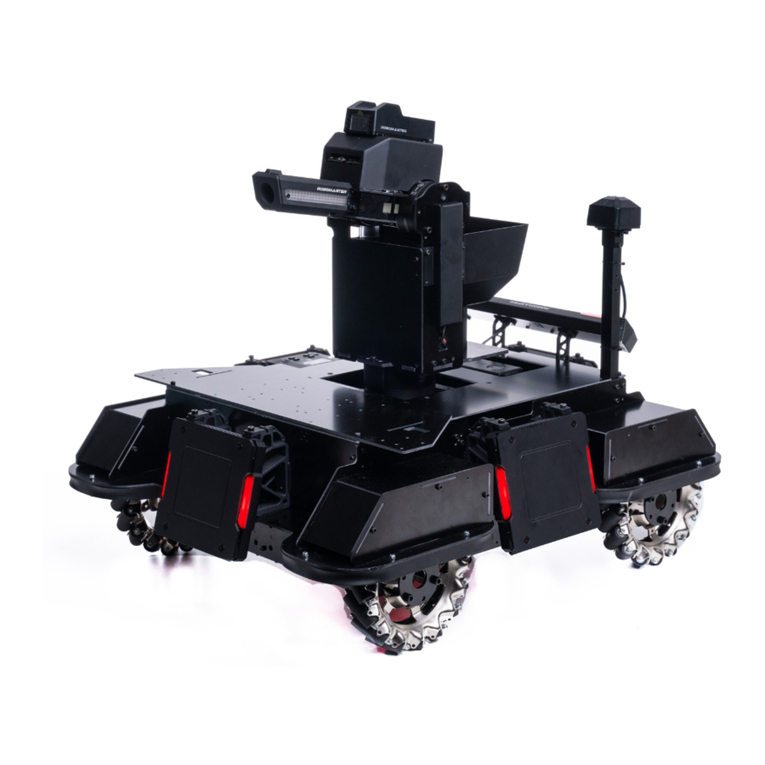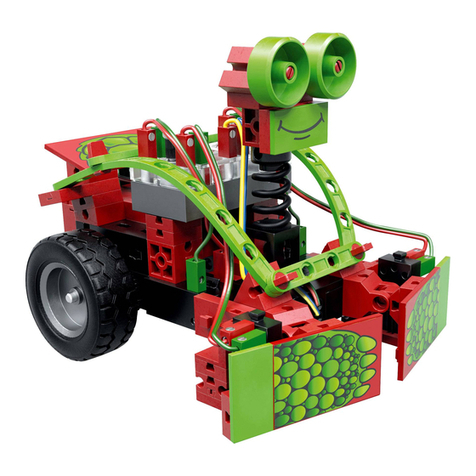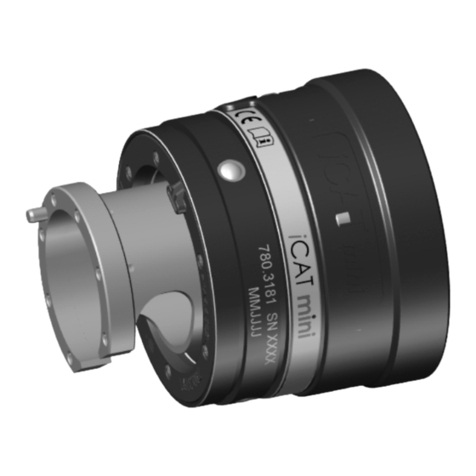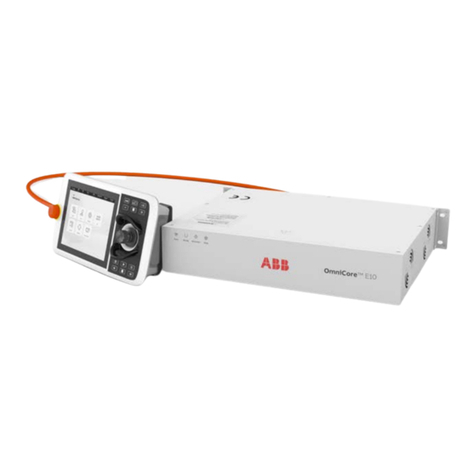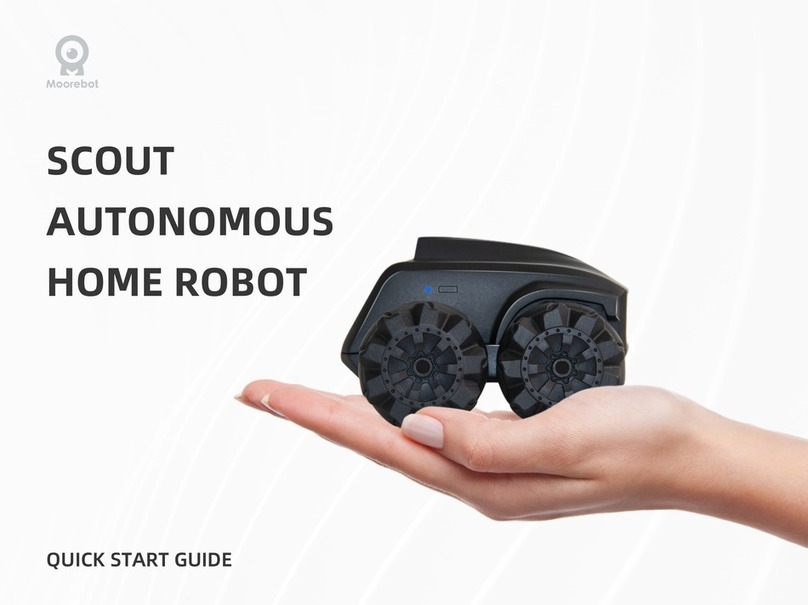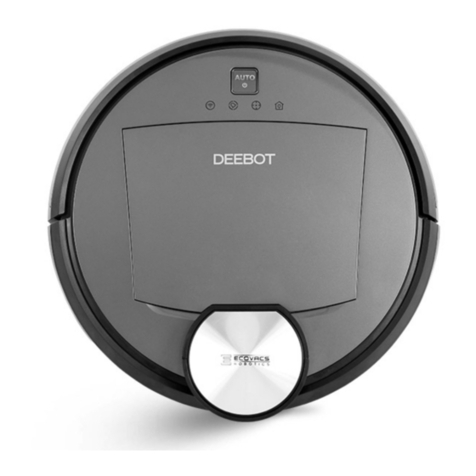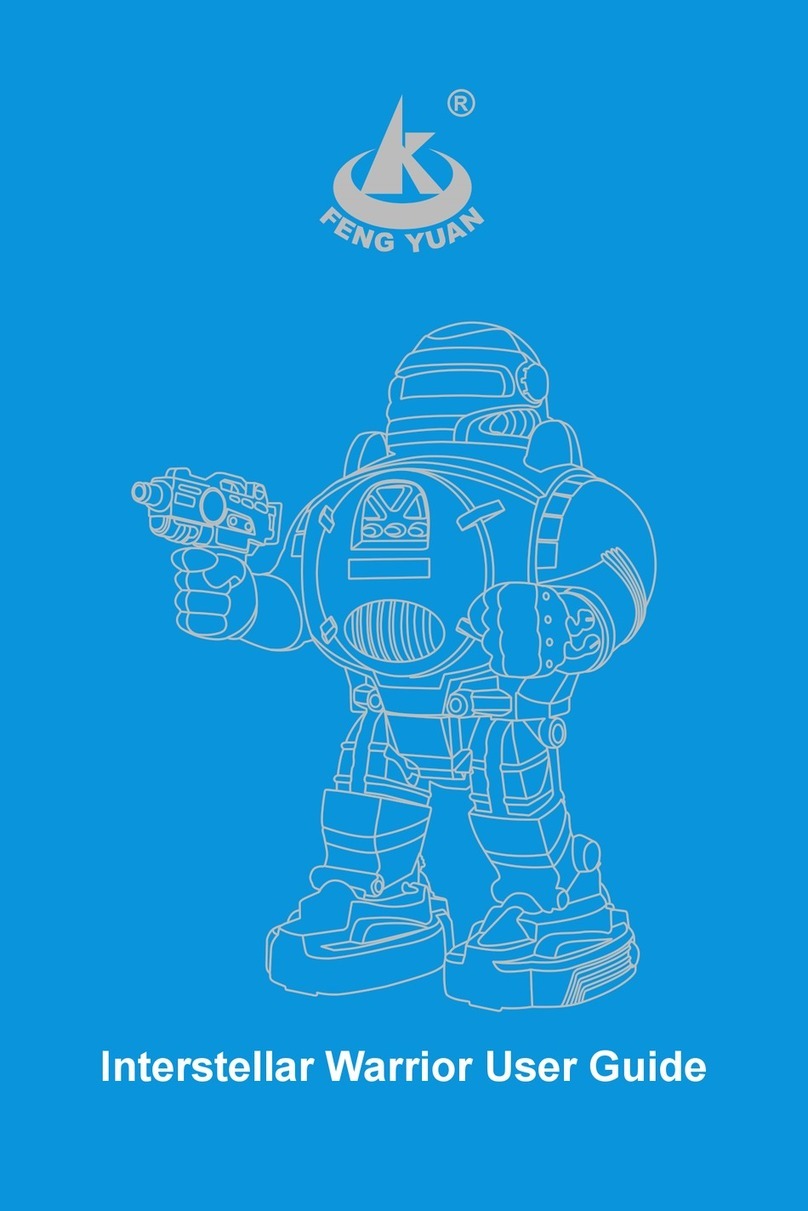
3 / 85Issued: 08.09.2015 Version: Spez KR 30, 60-2 JET V1
Contents
1 Introduction .................................................................................................. 5
1.1 Industrial robot documentation ................................................................................... 5
1.2 Representation of warnings and notes ...................................................................... 5
2 Purpose ........................................................................................................ 7
2.1 Target group .............................................................................................................. 7
2.2 Intended use .............................................................................................................. 7
3 Product description ..................................................................................... 9
3.1 Overview of the robot system .................................................................................... 9
3.2 Description of the robot .............................................................................................. 9
4 Technical data .............................................................................................. 13
4.1 Basic data ..................................................................................................................13
4.2 Basic data ..................................................................................................................14
4.3 Basic data ..................................................................................................................15
4.4 Basic data ..................................................................................................................16
4.5 Axis data .................................................................................................................... 17
4.6 Axis data .................................................................................................................... 19
4.7 Axis data .................................................................................................................... 21
4.8 Axis data .................................................................................................................... 23
4.9 Order-specific technical data ..................................................................................... 25
4.10 Payloads .................................................................................................................... 26
4.11 Payloads .................................................................................................................... 29
4.12 Payloads .................................................................................................................... 32
4.13 Payloads .................................................................................................................... 35
4.14 Foundation loads ....................................................................................................... 38
4.15 Plates and labels ........................................................................................................ 40
4.16 Stopping distances and times .................................................................................... 41
4.16.1 General information .............................................................................................. 41
4.16.2 Terms used ........................................................................................................... 42
4.16.3 Stopping distances and stopping times for STOP 0, axis 1 to axis 3 ................... 43
4.16.4 Stopping distances and stopping times for STOP 1, axis 1 .................................. 44
4.16.5 Stopping distances and stopping times for STOP 1, axis 2 .................................. 46
4.16.6 Stopping distances and stopping times for STOP 1, axis 3 .................................. 48
5 Safety ............................................................................................................ 49
5.1 General ...................................................................................................................... 49
5.1.1 Liability .................................................................................................................. 49
5.1.2 Intended use of the industrial robot ...................................................................... 50
5.1.3 EC declaration of conformity and declaration of incorporation ............................. 50
5.1.4 Terms used ........................................................................................................... 51
5.2 Personnel ...................................................................................................................51
5.3 Workspace, safety zone and danger zone ................................................................. 52
5.4 Overview of protective equipment .............................................................................. 53
5.4.1 Mechanical end stops ........................................................................................... 53
5.4.2 Mechanical axis range limitation (optional) ........................................................... 53
5.4.3 Axis range monitoring (optional) ........................................................................... 53
Contents
